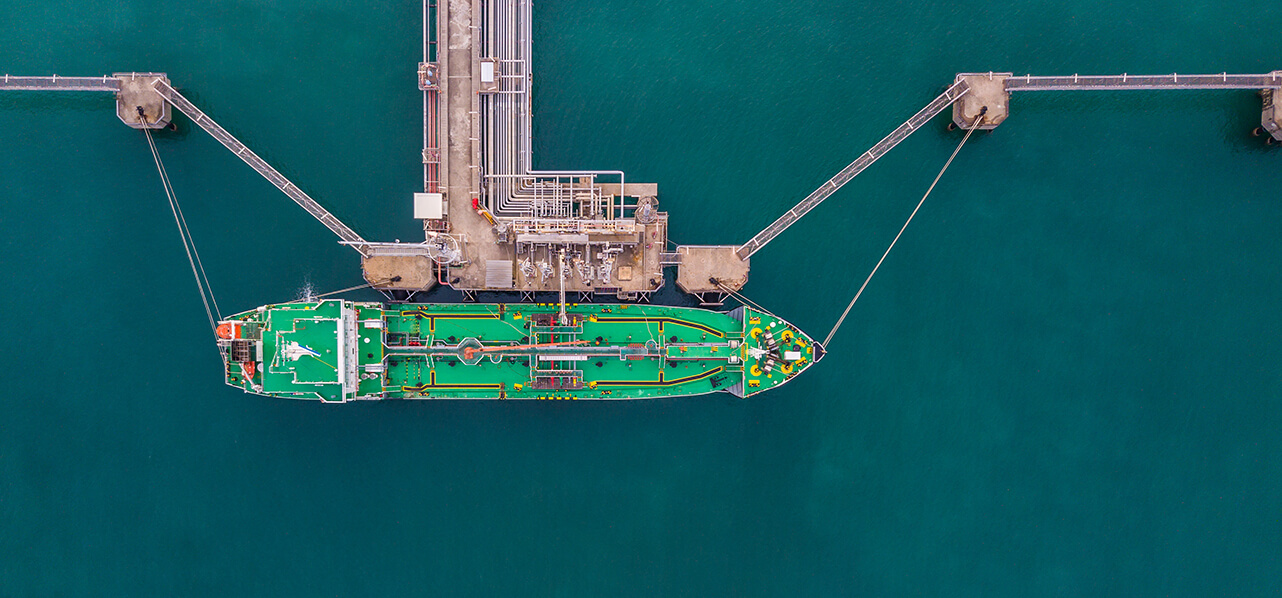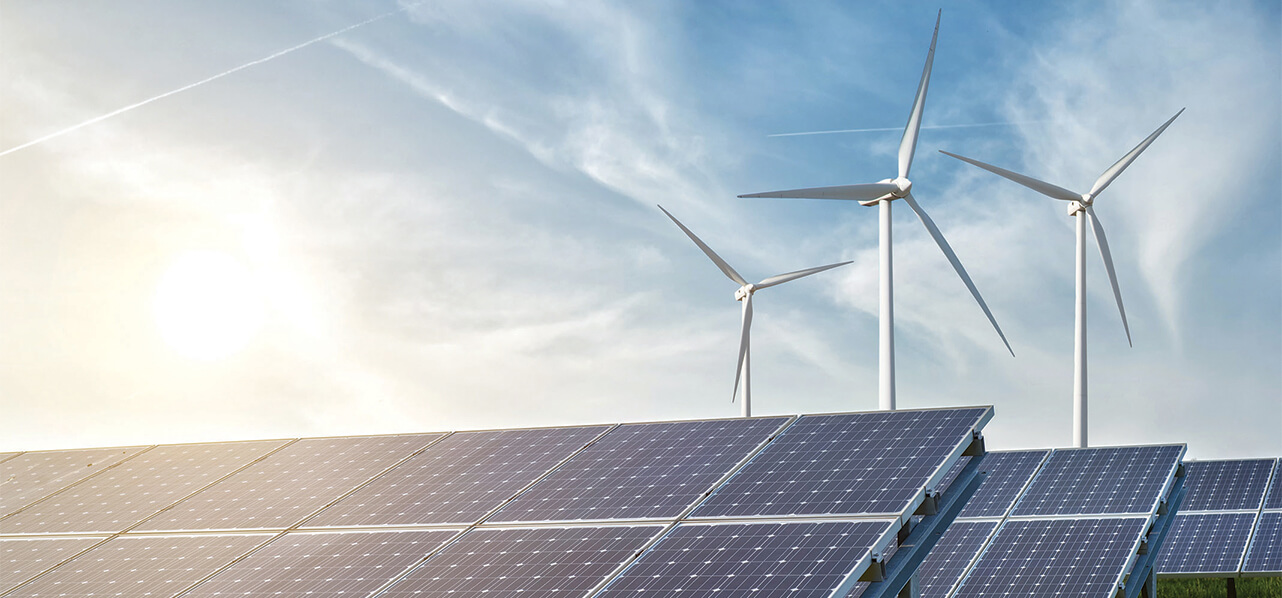This is the fifth of a seven-part series on the application of US sanctions to the shipping community.
This article will focus on US sanctions on Russia/Ukraine. The Russia/Ukraine sanctions program is a complex mix of comprehensive, noncomprehensive and “sectoral” sanctions. It includes both primary sanctions aimed at US persons and secondary sanctions aimed at non-US persons. It encompasses broad sectors of the Russian economy and significant dealings with sanctioned individuals and entities, while generally permitting most transactions with Russia. Accordingly, it stands alone in US sanctions programs and merits its own separate analysis.





